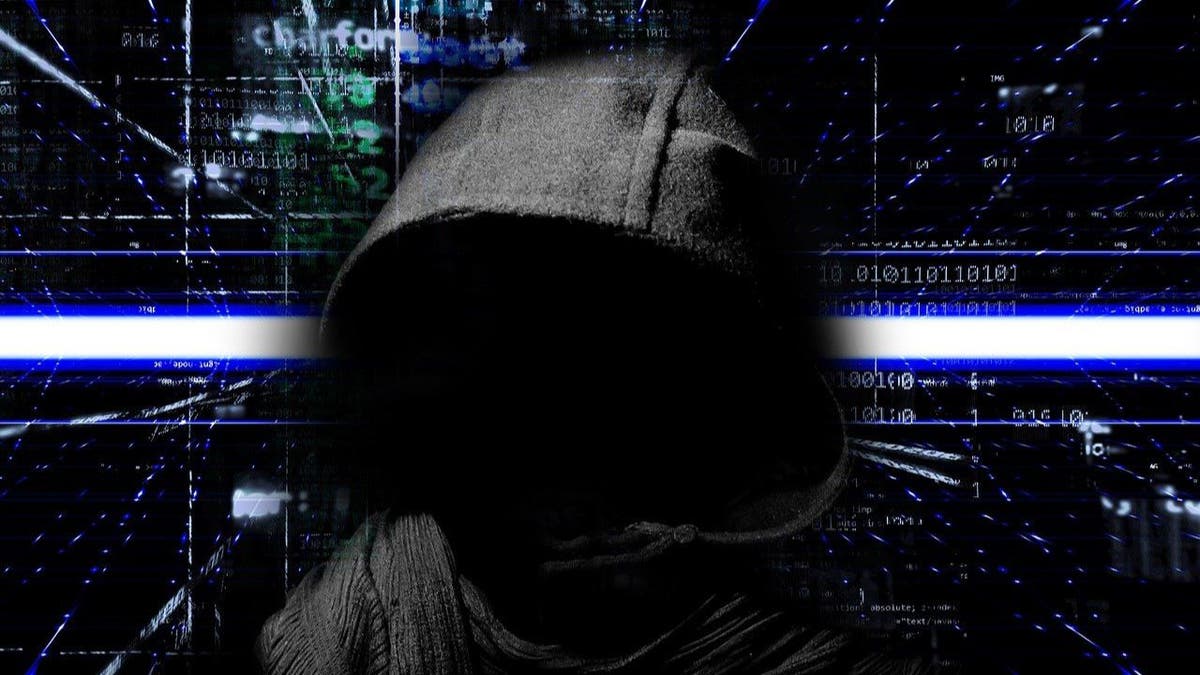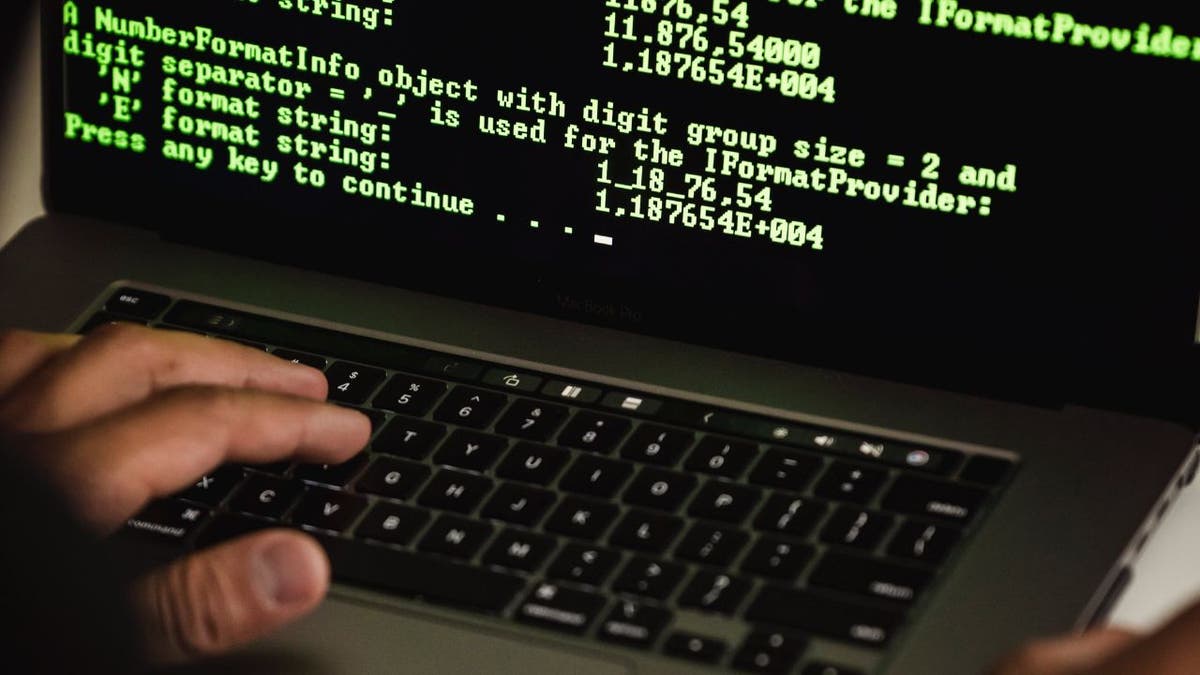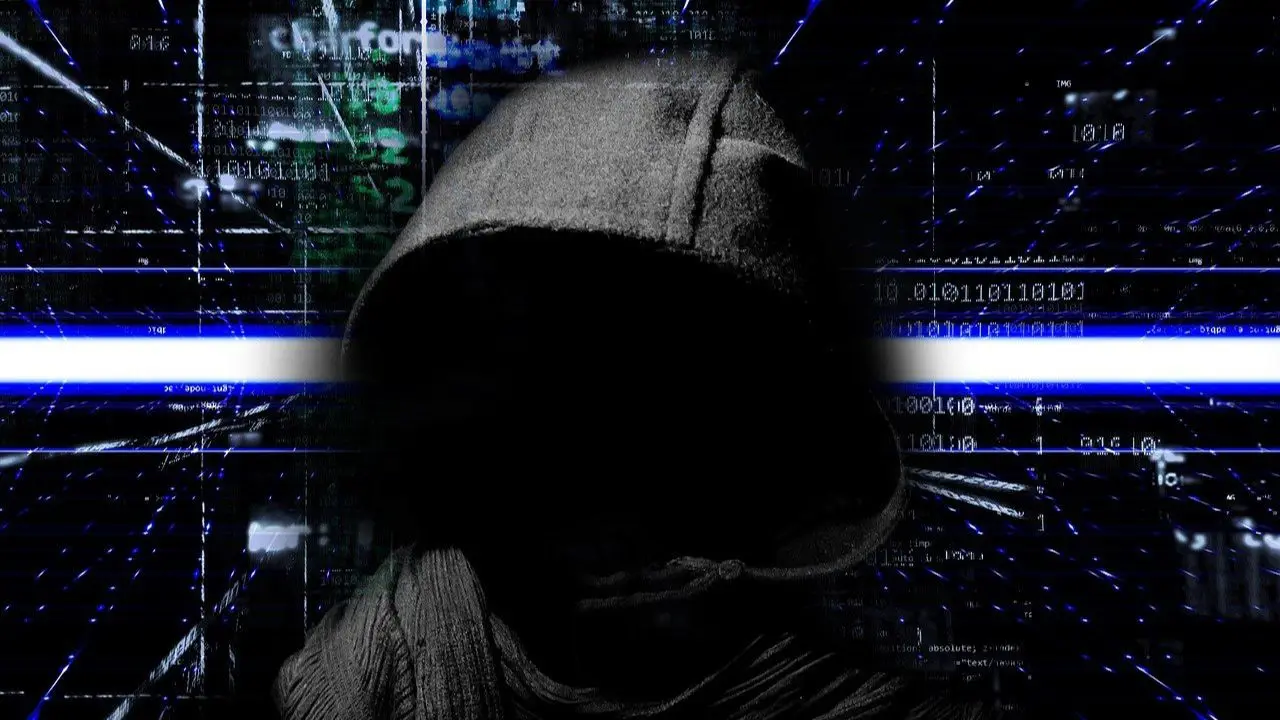A ransomware reality check as US is a top target of attacks
While you might think, as many people do, that ransomware attacks are a worldwide problem, a new report reveals hackers are targeting specific countries, and the United States is one of the top targets.
According to critical infrastructure security company Dragos, 44% of ransomware attacks last year targeted North American industrial organizations. Europe was also a top threat, with 32% of attacks targeting organizations there. Industrial ransomware attacks spiked nearly 50% on a global scale, growing to 905 last year compared to 600 in 2022.

Illustration of ransomware attacker (Kurt “CyberGuy” Knutsson)
What is ransomware?
In a ransomware attack, hackers will encrypt data on a system and demand a ransom to restore access to the owners. They may also threaten to delete or leak the data if you don’t pay. While these attacks tend to target large organizations, some hacker groups will also target individuals.
In fact, anyone who uses a computer or a device connected to the internet can be a potential victim of ransomware. This means that your personal files, such as your photos, videos, documents and emails, could be locked by hackers who demand a ransom for their release.
MORE: RANSOMWARE RAMPAGE HITS RECORD HIGH WITH US ITS TOP TARGET

Person conducting ransomware attack (Kurt “CyberGuy” Knutsson)
What can I do to protect myself from ransomware?
Ransomware criminals will try to get you to pay money to them to get your files back. However, paying the ransom does not guarantee that you will regain access to anything a criminal takes from you and will only permit them to do it more.
Your best bet is to prevent an attacker from gaining access to your files altogether so that you don’t have to try to fight to get them back. Here are some of my tips for avoiding having your data stolen in a ransomware attack.
MORE: TIPS TO FOLLOW FROM ONE INCREDIBLY COSTLY CONVERSATION WITH CYBERCROOKS
1) Be careful about opening suspicious links or attachments
If you receive an email from an address you do not recognize, don’t open it. If you open it by mistake, avoid…



